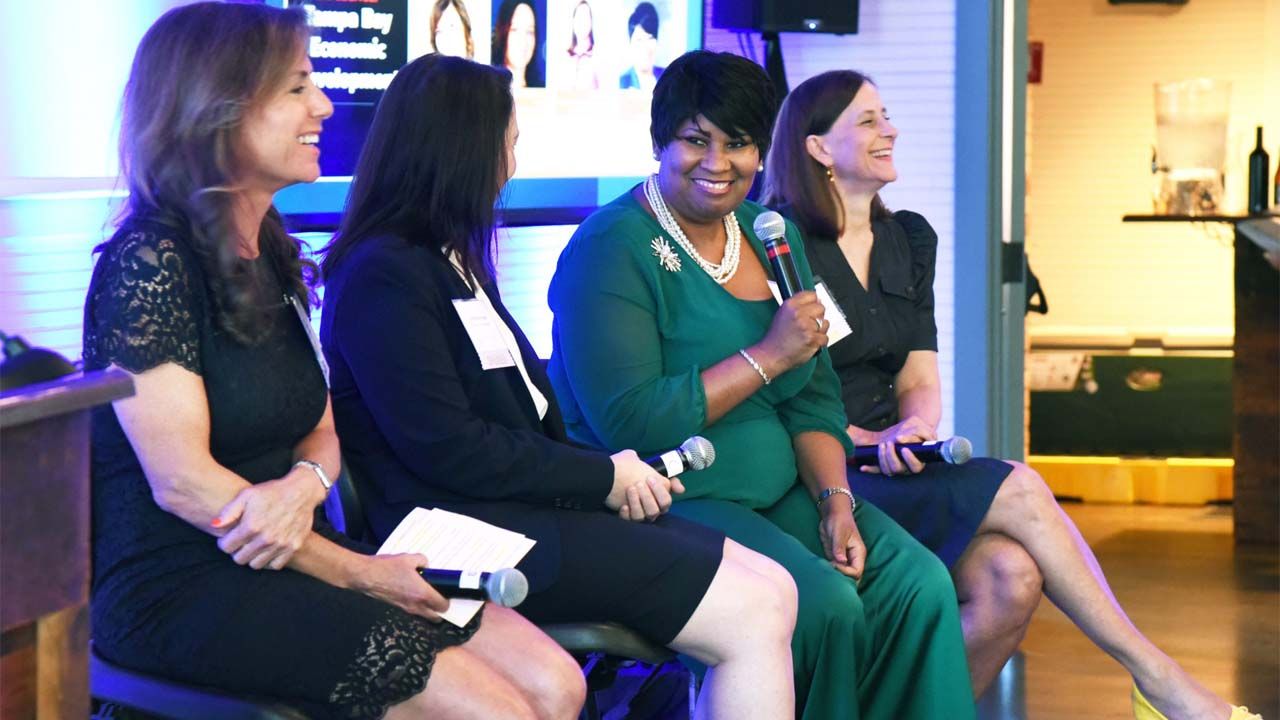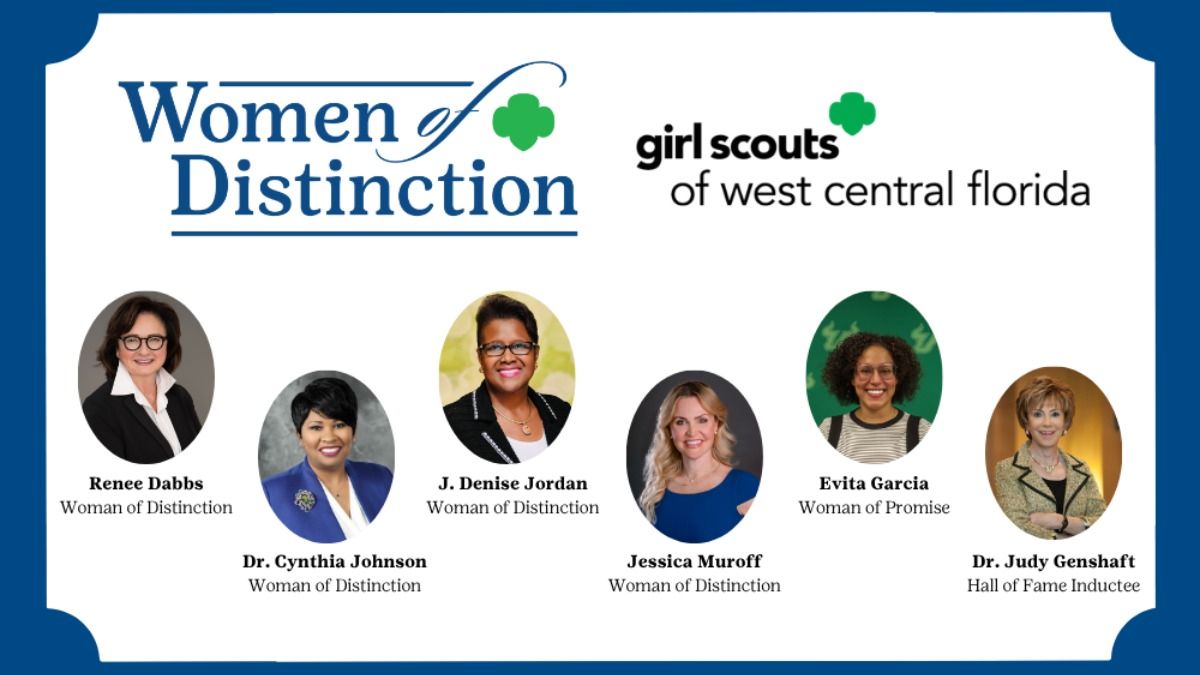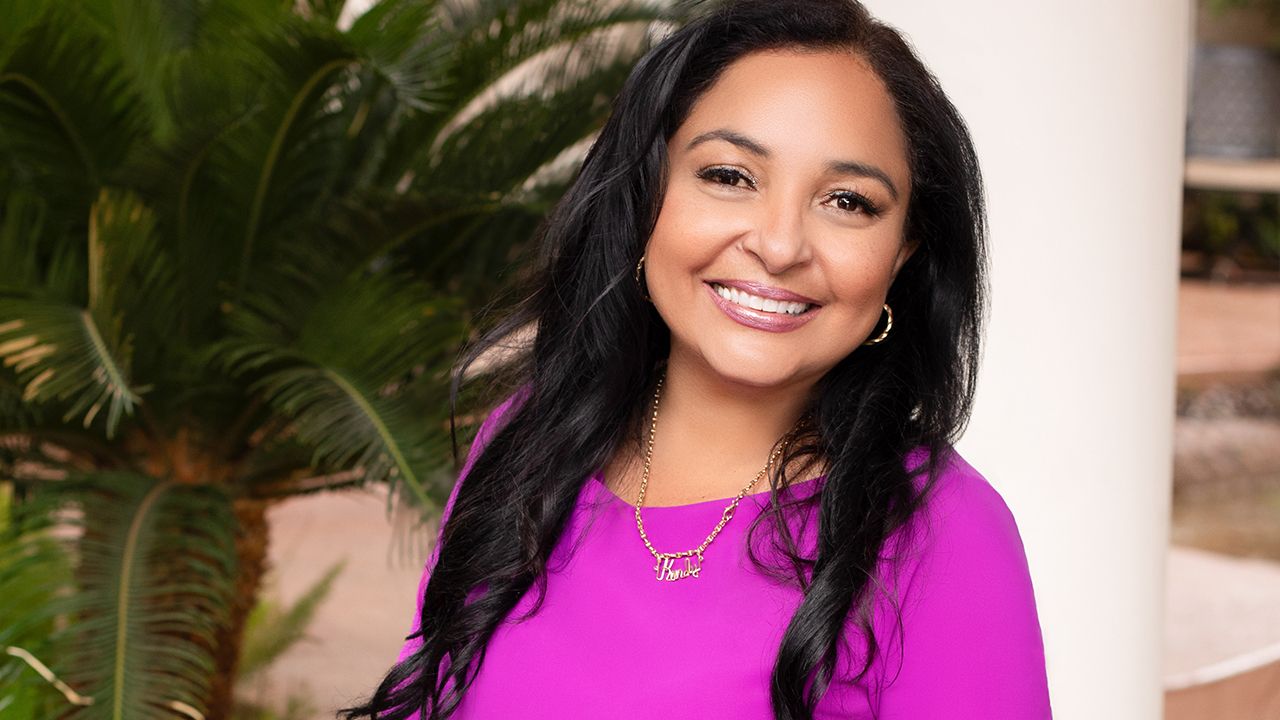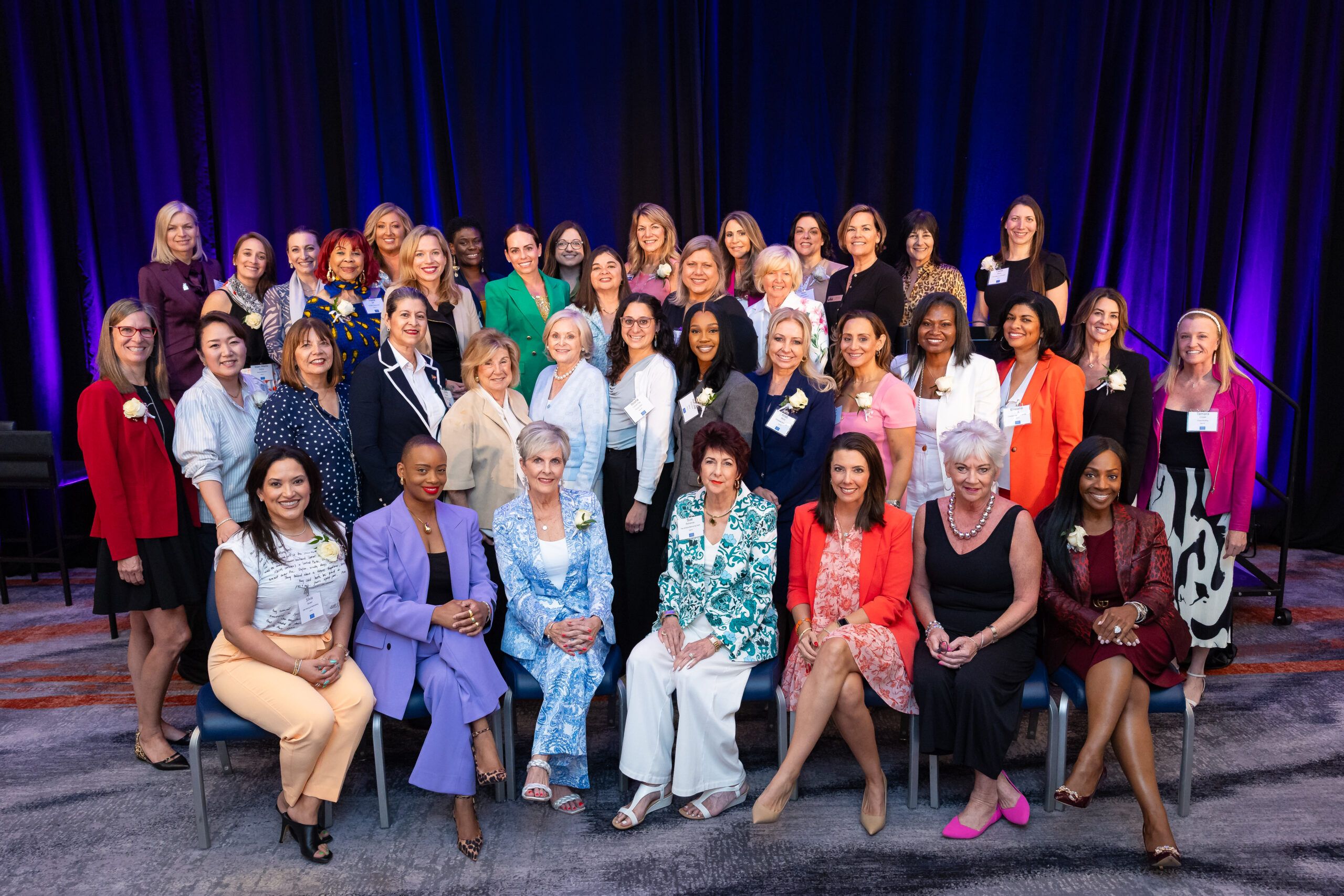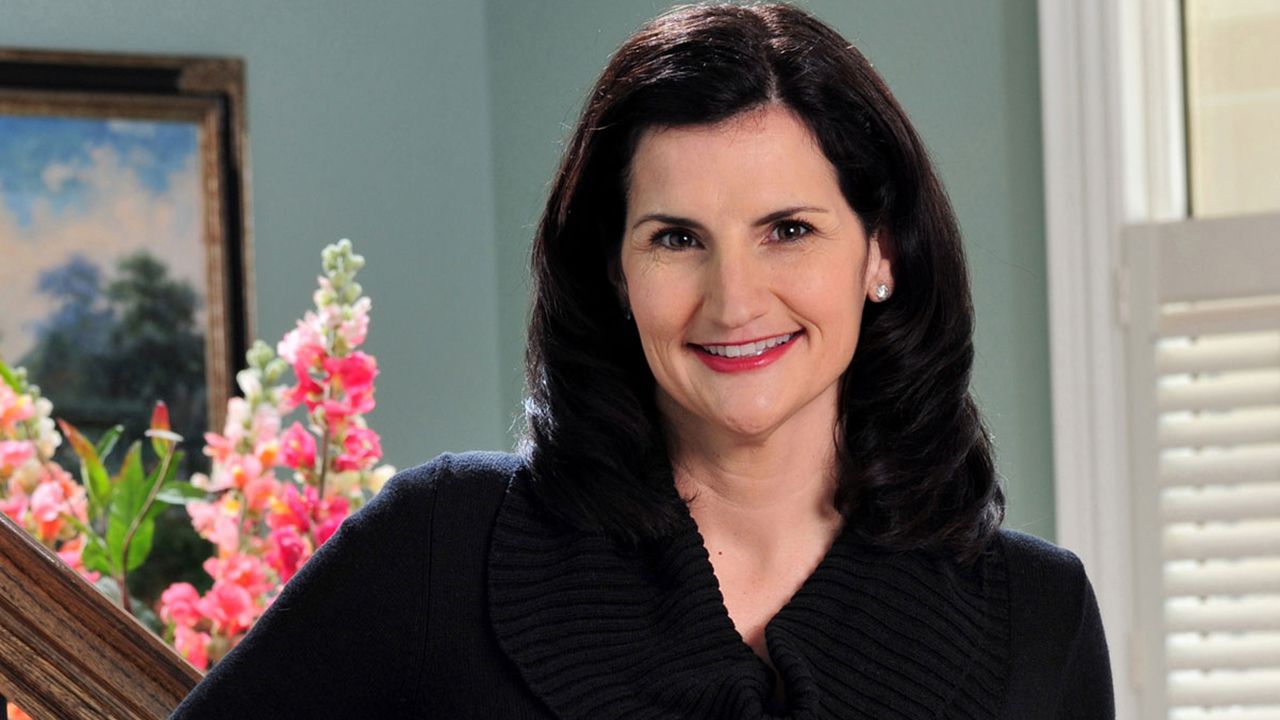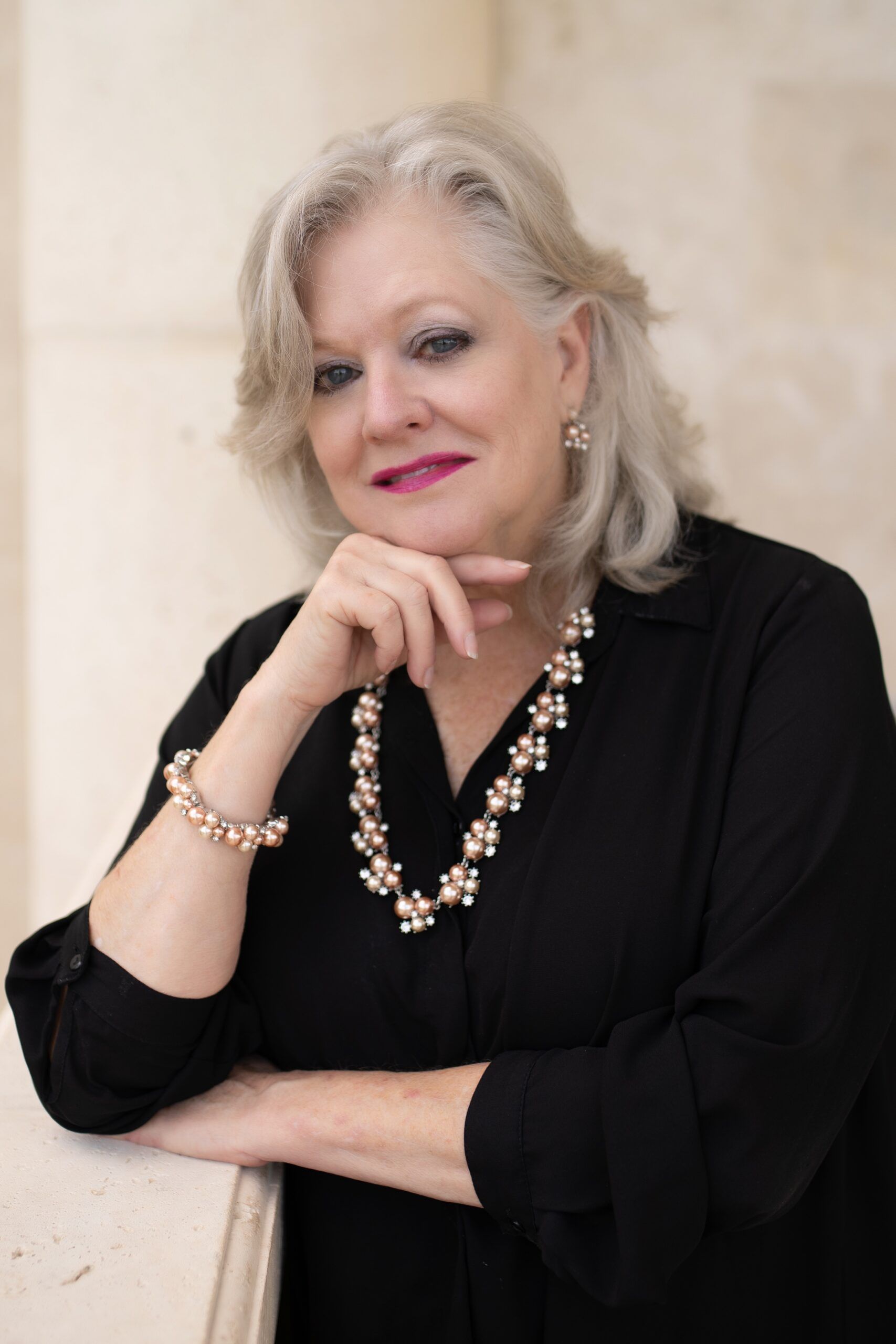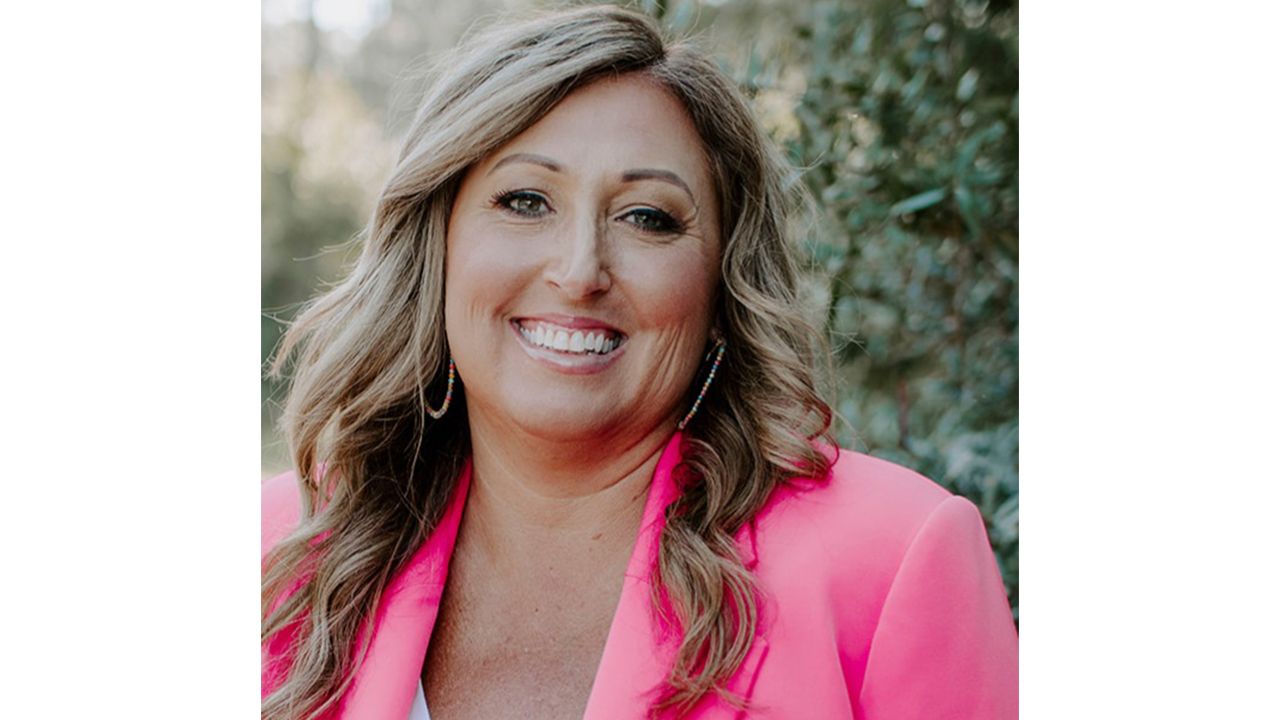Tampa Bay Business and Wealth hosted a panel in its Women of Influence series, discussing all things economic development, with four Tampa Bay area women leaders.
The event was held at the J.C. Newman Cigar Factory, in Ybor City.
Bridgette Bello, chief executive officer and publisher of TBBW, moderated the panel. This transcript has been edited for length and brevity.
Panelists:
Michelle Bauer, certified economic developer, COO, Tampa Bay Economic Development Council.
Denise Sanderson, director, economic development and housing, city of Clearwater.
Anne Core, director, marketing and communications, Greater St. Petersburg Area Economic Development Corp.
Dr. Cynthia Johnson, director, Pinellas County Economic Development.
I’d like to start with Michelle. How are we doing as a region, particularly with embracing regionalism, which is not a new concept but certainly something that we’ve gotten better at since I’ve been here? Having the four of you here together tells me a lot. It tells me that there’s been much improvement. I’d like to hear what changed and why you think it has changed?
Bauer: That’s a lot to unpack in one comment. It’s not a surprise to me that Tampa Bay is doing exceptionally well. We are lucky we have a diversified economy. That was an intentional strategy that we all embarked on, a long time ago, and it has paid off. It helped us bounce back rather quickly from COVID[-19]. Unlike a lot of our peer EDOs [economic development organizations] around the country who are still feeling repercussions from that. Site selectors love it [the Tampa Bay area]. It’s the quality of our talent, hands down. That is what brings companies here. It’s our business costs and it is our quality of life. Those are the top three for us.
Recently, the Tampa Bay EDC commissioned a competitiveness study. And we looked at how we stacked up against some of our top competing markets around the country in our target industries and, in every single one of them, we were a top five market. And that’s going up against markets that are three times as big as ours, in some cases. So, this region has a national reputation as a place for business and talent.
Can one of you talk about a specific instance where collaboration really was key in recruiting some of the companies that we’ve been winners in the past couple of years?
Johnson: I can tell you, over the last two to three years, we have seen such a shift in collaboration and cooperation. I think that we have all come to the point to realize that these regional assets that we have are good for all of us and that we can actually do this together.
I can tell you Global Tampa Bay is only the beginning of how we really are intentional about marketing our shared assets. If it happens in St. Petersburg, it is good for Tampa, if it happens in Tampa, it is good for Clearwater. Working with all of those communities gives us an opportunity to talk about the diversity and the fact that we have a community for everyone.
When we start to communicate with our site selectors, and partners, they really don’t care about territory. What they care about is that you care about them. And they care about the fact that you have talent in your community that will help them meet their missions and their goals.
I’ll give you one quick example. Ark, this is a Fortune 500 company that came to the state of Florida and they wanted to be in this area. When [Catherine Wood] came, she went over to Hillsborough County and then she came to Pinellas County. She looked around this entire region and saw an opportunity to really lift up the community and create innovation. As she went through that process we were competing, but we were still working together because, at the end of the day, whoever landed the deal, it was still good for each other.
We looked at it as a win for the region. And that’s how we are operating. We can’t worry about turf. We can’t worry about the fact that, you know, “Traditionally, Cynthia, we’ve done it this way”—that really doesn’t work. In building trust, we work through these relationships and it really has paid off for us.
So, Denise or Anne? Do you guys have any specific collaboration stories you’d like to share where you have worked across counties and EDCs?
Sanderson: With the city of Clearwater, we work, first, with Pinellas County, of course. I’m their collaborative partner of record, if you will. And it’s really important that we maintain really good communication because, as Cynthia said, a win for one is a win for all, all boats really do rise.
When we look at economic impact, it’s not just the economic impact of the city of Clearwater, we’re doing a countywide analysis and that message really has to be delivered. We work quite often with the St. Pete EDC, certainly with Pinellas County, I don’t have as much opportunity to work with Michelle because those leads go through Cynthia. And that’s how it should be. But I will say that women rule. And when I got started in this business in New York, 20 years ago, it was white shirts, white hair and white guys. So, it has changed a little bit over the years.
Anne, anything you’d like to add?
Core: I am not really an economic development person. I’m a marketing person who moved here right before COVID[-19] with the idea that I wanted to work for a community organization. So, I think I see it a little differently than the rest of our panel.
I remember reading, before I came here, that there were all these different organizations. And then you get here and you’re like, you know what, there is a community for everybody here.
You’re going to find the place that has the space you need because that’s how we often end up working with other municipalities, within the county. If we don’t have the space, Clearwater may or Pinellas Park may, or somebody else does. Or just the personality, which is your vibe? Downtown Tampa is very different than downtown St. Pete and downtown Clearwater. There’s a space for everybody.
It seems that we have arrived, for lack of a better way to put it. So, I would like to hear what you attribute that recent success to. And as a caveat, how do we keep it growing?
Johnson: I think that the No. 1 reason that innovation is so attractive to this region is the talent. We’ve assessed, surveyed and talked [about the topic] and the talent keeps racing to the top. Location, of course, we can stay and go anywhere we want at this stage of life. But having the talent, and being able to cultivate that talent, really does make a difference when you’re talking about innovation.
To couple that with the diversity of the population, looking at the diversity of ideas, we have University of South Florida, Stetson College [of Law], St. Petersburg College, Pinellas Technical College and we have other training institutions like Eckerd College, who bring in the international students. That diversity of talent is very attractive when it comes to entrepreneurship.
At the core of innovation is creating an environment of belonging where everyone feels like they have a reason to be in the space. And when we create that environment, what happens is, innovation occurs.
Denise, would you please tell us how Clearwater is addressing the fact that we could be losing talent because they can’t afford to live here based on the people and the companies that have moved here from much more expensive regions?
Sanderson: When we’re talking about housing, there really is a distinction between affordable, which in my universe is subsidized income, restricted, housing and attainable housing, right? So, what we’re really talking about is attainable housing and there isn’t a silver bullet. There is a supply-demand issue. There’s also a wage issue. So, for the first time, I think, as a major metro area, we are now coming up to the national average. And I think that’s all been a surprise for all of us because we didn’t realize how good we had it until we got hit with 30% increases in our monthly rental rates. So, this is really about attainable housing. And attainable comes in the form of income restricted, it comes in the form of older housing stock, it comes in the form of close to where I work, how do I get attainable housing? These are things that are going to be discussed, I think, for quite some time.
I believe that there’s very little we can do, from a policy perspective. And it doesn’t really matter what political side of the aisle you might be on. There are a lot of sticky wickets to the policy discussions when it comes to rent controls or rental rights.
We’ve got a real challenge. It doesn’t come from subsidized housing and it doesn’t come from policy. I think this is something we’re all going to have to survive. And I think the idea of 30% of your income, which in an affordable housing world is the metric we use 30% of your gross income for housing, I think those days are gone. And for most metro areas, that’s not even anything they’ve thought about for a very, very long time. So, it’s a pain point.
Johnson: We get questioned, a lot, as economic development professionals…but we target [certain] industries because we’re looking for industries that [provide] high wage jobs and create opportunities for those secondary industries. So, when your economic development organizations are really out there striving to attract, and to retain, those high-wage employers it is so we can create the pipeline in the supply chain for those secondary industries.
Who are the industries that you’re targeting? And who are the industries that are targeting us?
Bauer: That’s easy because they are one in the same. We have a national reputation as a great destination for financial and professional services. We have life sciences, we have defense and security, we have manufacturing, we have defense, we have distribution and logistics and we have corporate headquarters. So those are our target industries and almost all of our business development strategies are targeted toward those recruiting talent in that area.
They’re usually high-growth companies that are in a position of making a shift, so that’s our sweet spot. ♦

